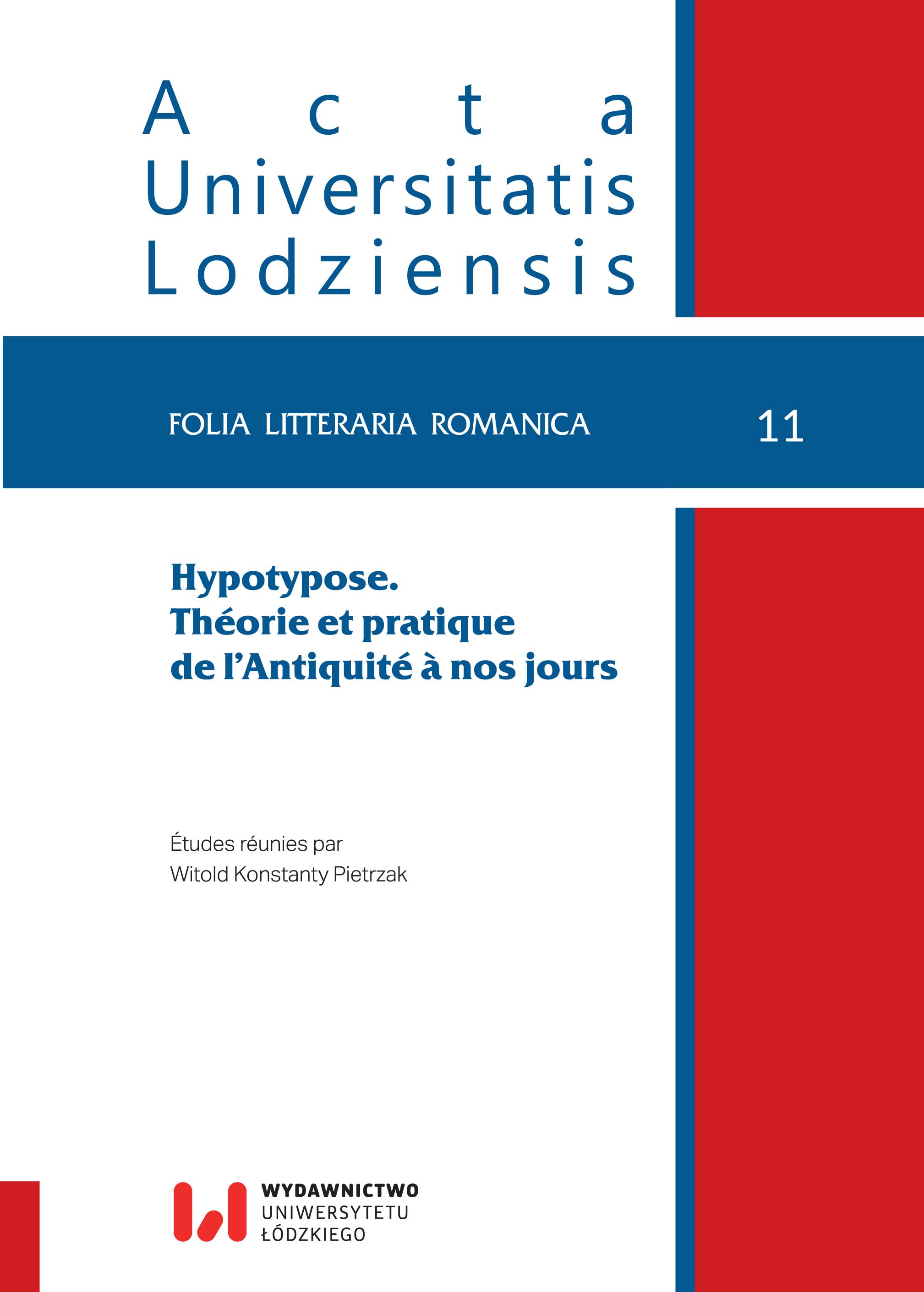Convaincre et transporter le lecteur : l’hypotypose dans les récits de voyages médiévaux castillans
Convincing and Captivating the Reader: Hypotyposis in Medieval Castilian Travel Narratives
Author(s): Julia RoumierSubject(s): Studies of Literature
Published by: Wydawnictwo Uniwersytetu Łódzkiego
Keywords: travel narratives; Castile; 15th century; storm; Pero Tafur
Summary/Abstract: If travel narratives satisfy the reader’s curiosity by providing visions of an elsewhere, offering them the illusion of a travel they cannot do, and showing them wonders, characterized by their ability to surprise, we will find those texts use hypotyposis, a “speaking painting” that devel- ops “the art of making present the absent” and “mak[ing] the unimaginable imaginable and the im- probable, probable”. The development of travel narratives during the late Middle Age marked affi- mation of the individual and the rise of empiricism. Based on the personal experience of travellers (either real or fictional), these texts have to convince of their authenticity and transmit this direct vision (autopsiam) to make visible and palpable to the reader that unknown horizon unveiled by travelling. Hypotypose would be one of the tools erecting the travelogue as a relevant source of knowledge by sharing the traveller’s sensory experience. The valuation of empirical knowledge is based on the epiphany induced by hypotyposis.
Journal: Acta Universitatis Lodziensis. Folia Litteraria Romanica
- Issue Year: 2016
- Issue No: 11
- Page Range: 41-55
- Page Count: 15
- Language: French

